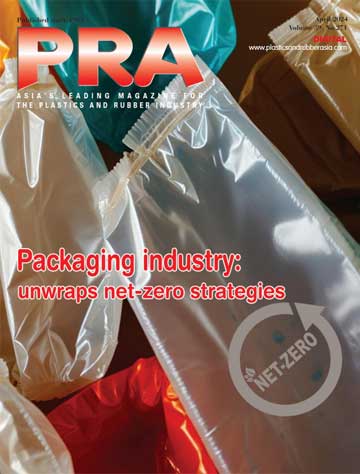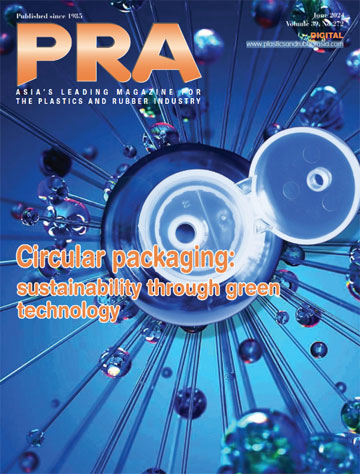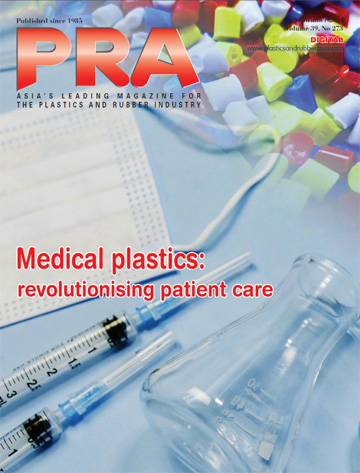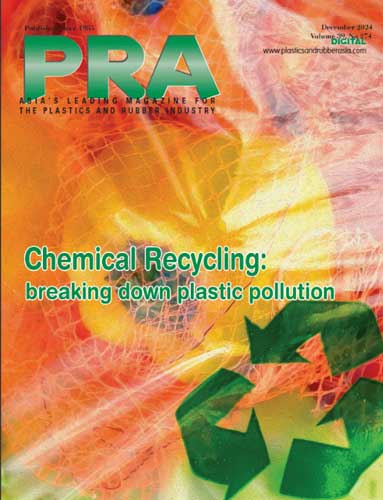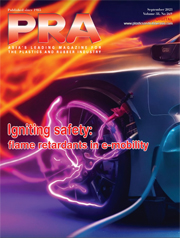EU draws up new safety rules for toys; to ban use of PFAS/bisphenols

The European Parliament and Council have reached a provisional agreement on new safety rules for toys. The deal clarifies requirements for safety warnings and the digital product passport (DPP), plus also expands the list of prohibited substances in toys.
In addition to the existing prohibition of carcinogenic, mutagenic, or reproductive toxic (CRM) substances, it also bans chemicals that pose particular risks to children, such as endocrine disruptors, substances harmful to the respiratory system, and chemicals that are toxic for the skin and other organs.
At Parliament’s insistence, the new rules will ban the intended use of per and polyfluorinated alkyl substances (PFAs) and the most dangerous types of bisphenols. Allergenic fragrances will be banned in toys for children under 36 months and in toys meant to be placed in the mouth.
Before placing a toy on the market, manufacturers will have to carry out a safety assessment on all potential hazards − chemical, physical, mechanical, and electrical. The assessment will also have to test toys’ flammability, hygiene, and radioactivity, and take children’s specific vulnerabilities into account. For example manufacturers should, where appropriate, ensure that digital toys do not pose risks to children’s mental health − as requested by Parliament negotiators.
The agreed rules clarify the obligations of economic operators, such as manufacturers, importers, and distributors. This also includes fulfillment service providers (companies responsible for storing, packaging, and dispatching toys). Changes were also introduced to align the agreed text with other legislation, such as the General Product Safety Regulation, the Ecodesign framework and the Digital Services Act.
The text clarifies requirements for online marketplaces, reflecting their growing role in the sale and promotion of toys. For example, marketplaces will have to design their platforms so as to allow sellers to display the CE mark, safety warnings, and a link (such as a QR code) to the digital product passport, to be visible before the purchase is completed.
Furthermore, all toys sold in the EU will have to bear a clearly visible digital product passport (DPP) showing compliance with the relevant safety rules. The DPP will enhance the traceability of toys and make market surveillance and customs checks simpler and more efficient. It will also offer consumers easy access to safety information and warnings, via a QR code, for example.
The Parliament and the Council have concluded an "early second reading agreement" (the negotiation took place after Parliament’s first reading was adopted in plenary). The Council is now expected to adopt this agreement formally, and Parliament will then have to endorse the text in plenary, in second reading.
The regulation will enter into force 20 days after its publication in the EU Official Journal. Member states will then have 54 months to comply with the provisions.
(PRA)SUBSCRIBE to Get the Latest Updates from PRA Click Here»


